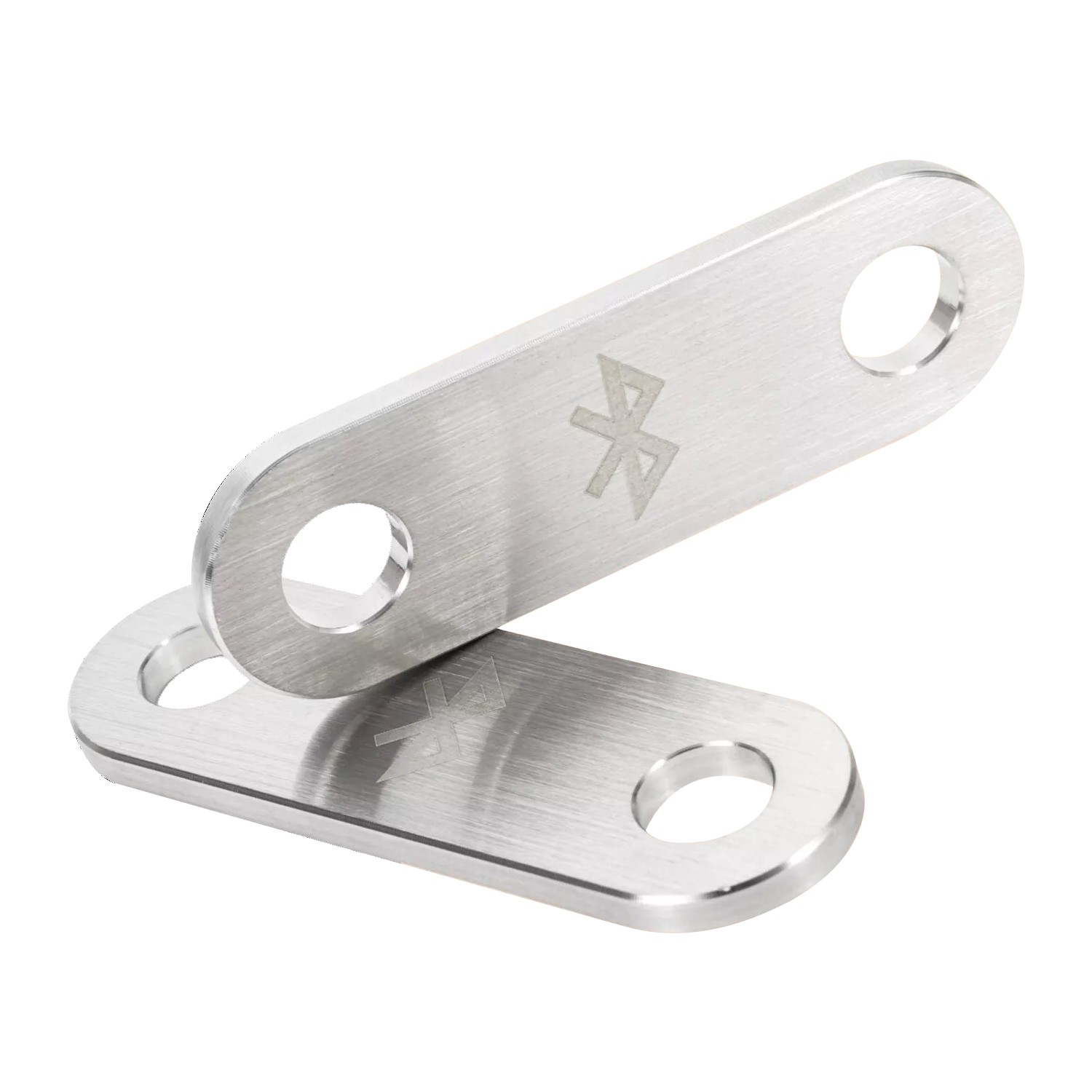Description
Such technologies address diverse industrial needs like product identification, customization, branding, and regulatory compliance. They are widely applied across sectors such as automotive, medical devices, and consumer goods.
Techniques Use in Laser Engraving Solutions
Laser engraving services offer various techniques to meet different marking and customization needs. The choice of method depends on the material, desired outcome, and application requirements.
| Type | Description | Best For |
|---|---|---|
| Laser Ablation | Vaporizes material surface | Versatile, used for both concave and convex engraving |
| Concave Engraving | Removes material to create indented designs | Detailed patterns on flat surfaces |
| Convex Engraving | Engraves around design outline, creating raised effect | Embossed logos or text |
| Raster Engraving | Creates images using a series of dots | Photographic images and text |
| Vector Engraving | Follows predefined paths for line-based designs | Logos, diagrams, and graphical elements |
| Fiber Laser Engraving | High-precision marking on metals | Stainless steel and other hard metals |
| CO2 Laser Engraving | Versatile for non-metallic materials | Wood, acrylic, and some plastics |
| Diode Laser Engraving | Basic engraving needs at lower speeds | Simple designs on softer materials |
Custom laser engraving services provide unique benefits by enabling precise customization across diverse materials. These services cater to industries like manufacturing, medical devices, and consumer goods, offering tailored solutions to meet specific needs.
Each technique supports a variety of applications, ensuring the flexibility required for intricate designs or functional markings on an array of surfaces.
Laser Etching Services
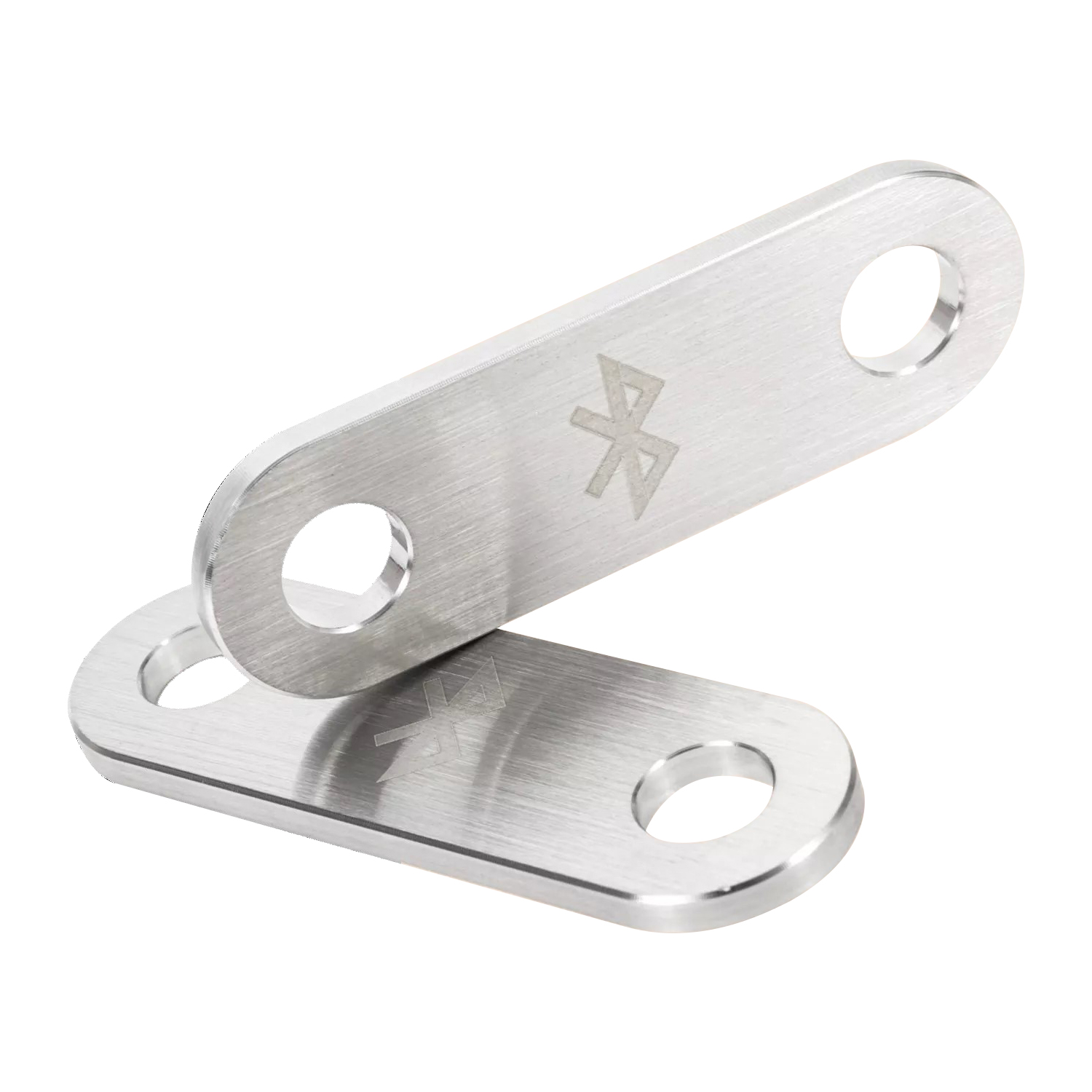
Laser etching services provide a versatile and precise solution for marking and engraving various materials, including metals, plastics, wood, glass, and leather. By utilizing focused laser beams, this technology creates permanent, high-quality markings that are ideal for product identification, customization, and branding. Its precision allows for intricate designs such as complex logos, serial numbers, and barcodes, while the non-contact process minimizes wear on tools and reduces the risk of damage to delicate items.
Laser etching materials are processed efficiently with high-speed machines capable of handling large volumes, making it a cost-effective option despite initial equipment costs. Additionally, laser photo etching enhances customization capabilities by accommodating personalized designs on-demand. This durable and environmentally friendly technology finds applications across industries like automotive, aerospace, electronics, medical devices, and consumer goods, offering solutions for part marking, traceability, and decorative purposes. By leveraging these advantages, businesses can improve manufacturing processes and meet diverse marking requirements effectively.
Metal Laser Engraving

Metal laser engraving, a precise and versatile technique, is extensively employed in industries like medical device manufacturing. This process uses high-powered lasers to create permanent, high-contrast markings on metal surfaces without compromising material integrity. In the medical field, precise laser engraving is essential for product identification, traceability, and regulatory compliance. It is particularly effective for marking surgical instruments, orthopedic implants, and other medical devices as it produces durable markings that withstand sterilization and remain visible throughout the device's lifecycle.
The advantages of precise laser engraving in medical applications include its ability to produce intricate designs, barcodes, and unique device identifiers (UDIs) with exceptional precision. This non-contact technology minimizes contamination risks and works effectively on various metals and alloys used in medical devices. Additionally, it offers flexibility in marking depth for surface or deep engravings based on specific requirements. Its speed, efficiency, and versatility make precise laser engraving indispensable for manufacturing high-quality, compliant medical instruments and implants.
Plastic Engraving Solutions
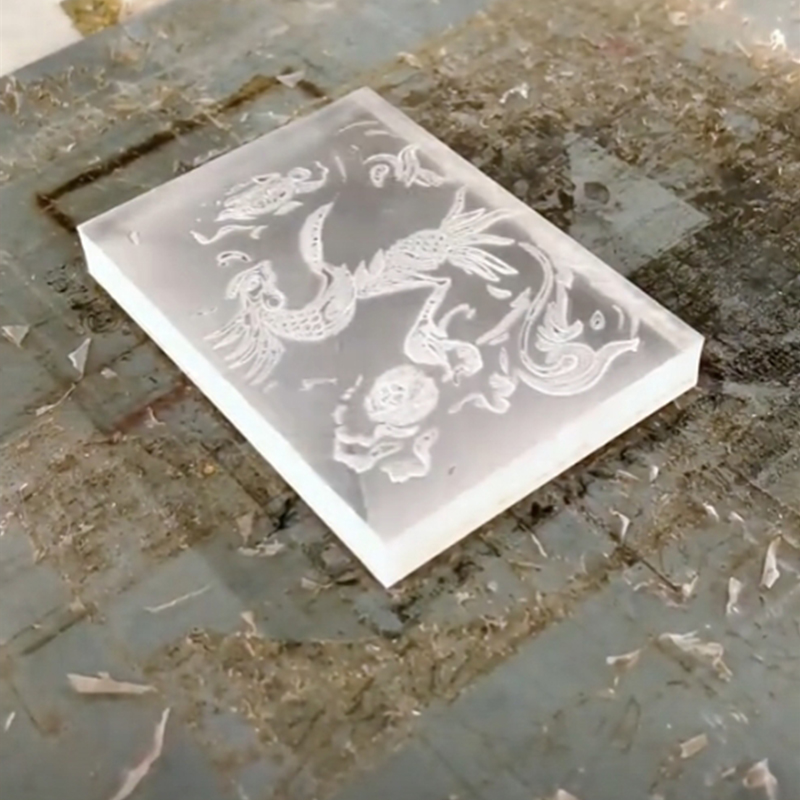
Plastic engraving services, a key aspect of laser cutting and engraving services, provide a versatile way to create durable and high-quality markings on various plastic materials. By leveraging advanced technologies such as CO2 and fiber lasers, these services produce intricate designs, text, and logos on plastic surfaces. This process is widely used for applications like product identification, branding, and customization across industries including electronics, automotive, and consumer goods.
The advantages of laser cutting and engraving services for plastics are numerous. They offer precision and detail through fine and accurate markings, durability to endure harsh environments and UV exposure, and compatibility with diverse plastics like ABS, acrylic, and polyimide. Additionally, they enable high-speed processing for large-scale production, support unique designs and personalization, and require minimal maintenance with no extra material consumption. When selecting a service provider, factors such as the type of plastic, desired engraving depth and contrast, and regulatory requirements should be carefully evaluated.
Deep Engraving vs Surface Engraving
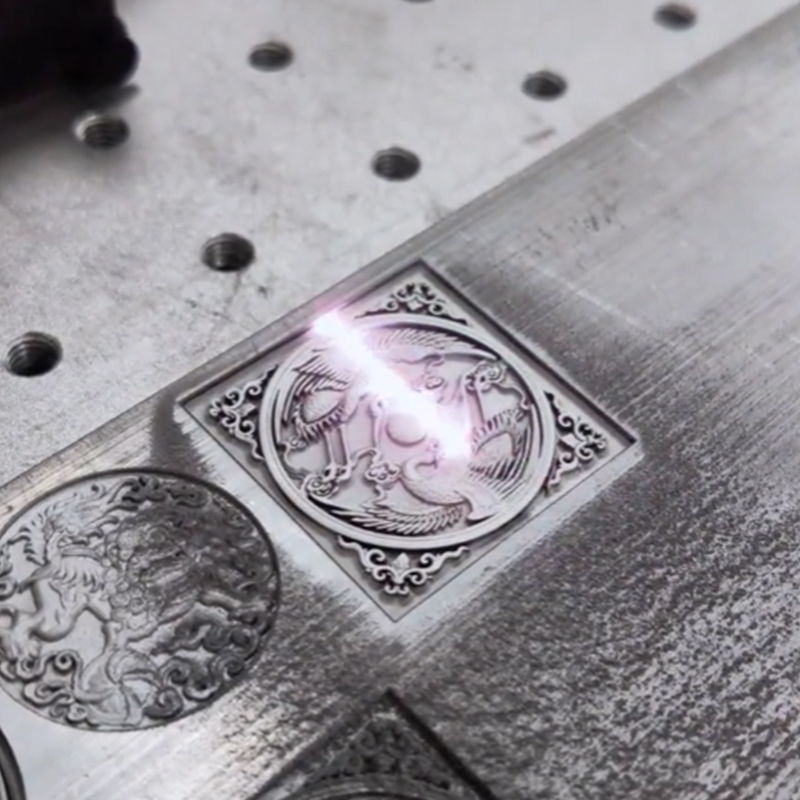
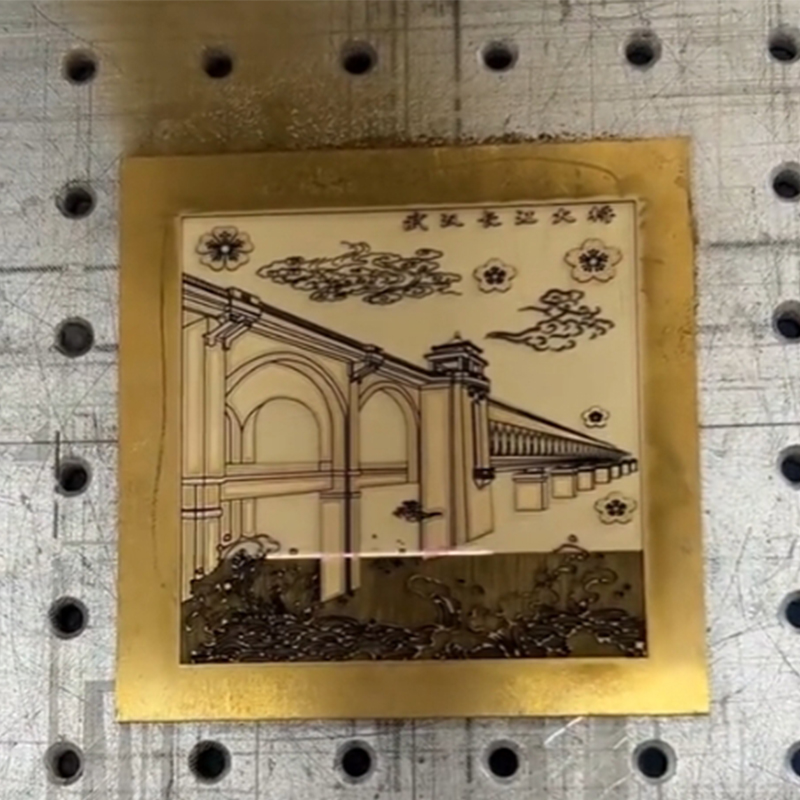
Deep engraving and surface engraving are distinct laser marking techniques that differ in depth and application. Deep engraving removes significant material, creating prominent, tactile marks up to several millimeters deep, ideal for durable industrial markings on tools, molds, and high-value metal parts. Surface engraving, including laser etching, alters only the top layer of material, producing quick, high-contrast marks suitable for high-volume production. Key differences include:
-
•
Depth: Deep engraving reaches depths of 0.020 inches in metals and up to 0.125 inches in softer materials, while surface engraving typically affects only 0.001 inches or less.
-
•
Durability: Deep engraving offers superior wear resistance and longevity, making it suitable for harsh environments.
-
•
Processing time: Surface engraving is faster, while deep engraving takes longer but provides more permanent results.
-
•
Applications: Deep engraving is used for industrial marking, coin dies, and security features, while surface engraving is common for decorative purposes and high-volume product identification.
Depth Control in Engraving
Depth control is a crucial aspect of laser engraving solutions, directly influencing the quality and functionality of the final product. Achieving the desired depth in deep laser engraving involves adjusting key parameters such as power, speed, number of passes, lens selection, and material properties. Higher optical power (at least 20W for metal engraving) enables deeper cuts in less time, while slower laser head movement enhances depth but requires caution to prevent material burning. Multiple passes can further increase depth, and using a smaller focal length lens (e.g., 254 mm vs 420 mm) can effectively double both engraving speed and depth. Additionally, different materials respond uniquely to laser energy, impacting achievable depths.
Precise depth control is vital for applications like firearm manufacturing, where regulations may mandate minimum engraving depths (e.g., 0.003 inch or 0.762 mm)4. To ensure optimal results, the line width of the engraving should match or exceed the desired depth to maintain a flat floor finish. Advanced laser engraving solutions often include specialized depth control systems capable of fine-tuning in increments as small as 0.001 inches.
